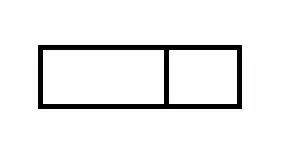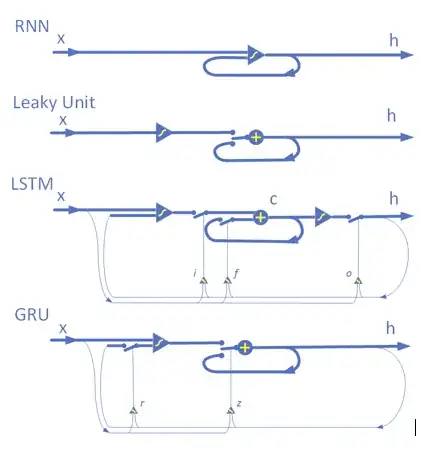I am trying AUTO ARIMA model on a dataset which has no trend and no seasonality. When I run it, it will forecast a flat line from p,d,q value selected from AIC. But when I take another approach, where I iterate for a range of p,d,q and pass it to ARIMA, it shows better result with variation in forecast. It may have high AIC, but it was clearly a better forecast. I cant do this manual ARIMA because I have to forecast 1000+ timeseries (small datasets with 100 data point). Is there any way we can extract p,d,q in AUTO ARIMA based on high variance in forecast result?
Ex:
Below Image is result of AUTO ARIMA. Green line is forecast
Below image is result of Manual ARIMA. Orange line is forecast (here test data is not shown)

